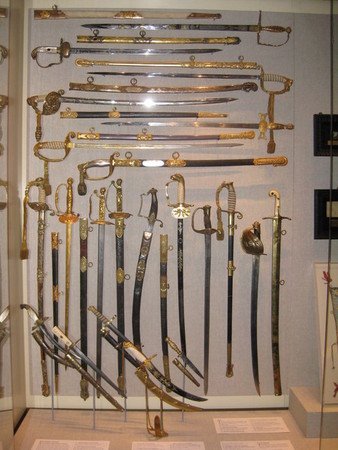A Couple Trick Updates*
/For a while now, I’ve wanted a D’lite where the lite fades up for my trick White Nocturne. I thought it would look more magical if the snowball slowly starts to glow.
Well, friend of the site, Toby H., informs me that just such a glowing thumb-tip now exists.
Toby tells me, “Having an LED fade-in is a bit of a tricky business, especially at a micro level.” And I guess that’s reflected in the price. While D’LItes are about $10, and I’ve seen knockoffs for just a few dollars, this one is…
$65.
Is it worth that much for a subtle change to a trick I might just get to do a couple of times a year?
I don’t know. I’m still thinking about it. Regardless, whether for that trick or something else, I wanted to bring this to your attention as it was something that went under my radar.
On page 37 of my third book, TOY, there’s a trick that requires the switch of a bookmark.
Alexander FC wrote me a while ago with this alternative to the handling I offered, demonstrated here with a playing card…
A description of the mechanics can be found in the video below.
Both of us feel it’s quite possible this has been done before. Of course, there’s the related idea where the torn corner pops out of the deck of cards when you riffle it. But if there’s some credit or history I should give about doing this with a book and a bookmark, let me know.
UPDATE: The most direct predecessor to this that I’ve been informed about so far is The Book Change by Chris Brown.
What makes this particularly good for the trick mentioned above it that in that trick, you’re using a bookmark, and it’s an invisible change. So rather than putting a playing card or a dollar bill into a book and having it obviously change (which is probably not the most deceptive thing), you’re putting in something to act as a bookmark and then seemingly removing that same thing later.












